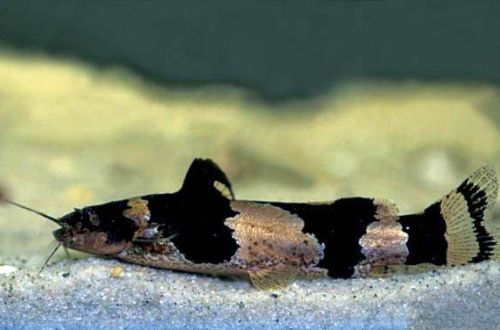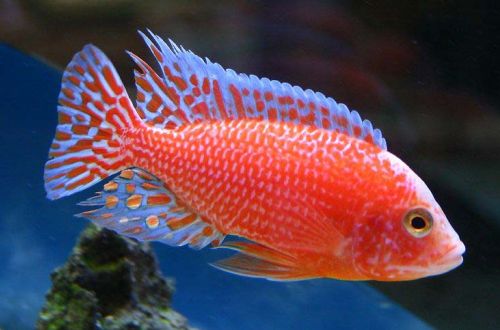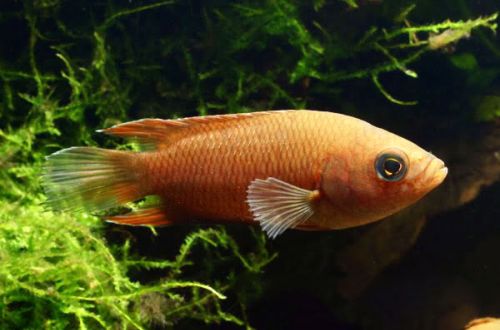
Somic-harlequin
Harlequin catfish or American bumblebee catfish, scientific name Microglanis iheringi, belongs to the family Pseudopimelodidae (Pseudopimelodidae). In nature, the natural distribution area is limited to the basin of the small Turmero River, which flows into Lake Valencia in northern Venezuela near Caracas.

Description
Adult individuals reach a length of about 6 cm. The body color is yellowish with a pattern of alternating black stripes. This coloration is reflected in the colloquial name of the species – “harlequin” and “bumblebee”. Do not confuse with the similar-sounding name of another catfish – the Asian bumblebee catfish.
Behavior and Compatibility
Peaceful calm fish. It gets along well with most popular aquarium species. However, given the promiscuity of harlequin catfish in food, on occasion, he will definitely eat fry and any other small fish that can fit in his mouth.
Brief information:
- The volume of the aquarium – from 50 liters.
- Temperature – 24-28°C
- Value pH — 6.0–8.0
- Water hardness – 5–12 dGH
- Substrate type – any
- Lighting – subdued
- Brackish water – no
- Water movement – low or medium
- The size of the fish is about 6 cm.
- Food – any sinking food
- Temperament – peaceful
- Content – alone or in a group
Maintenance and care, arrangement of the aquarium
The optimal size of the aquarium for one or two catfish starts from 50-60 liters. In the design, it is necessary to provide places for shelters, for example, in the form of snags, thickets of plants (Javan fern, Echinodorus Blehera), heaps of stones that form caves and crevices.
It is rarely found in free sale, therefore there is no reliable and complete information about the content of this species.
Based on care materials for related Pimelodus, the American bumblebee catfish is likely to be relatively easy to manage. This is confirmed by the ability to adapt to a wide range of values of hydrochemical parameters and not picky food.
Food
Omnivorous species, accepts most popular foods designed for aquarium fish. High protein foods such as fresh or frozen bloodworms, brine shrimp, daphnia, etc. are considered the most preferred.





